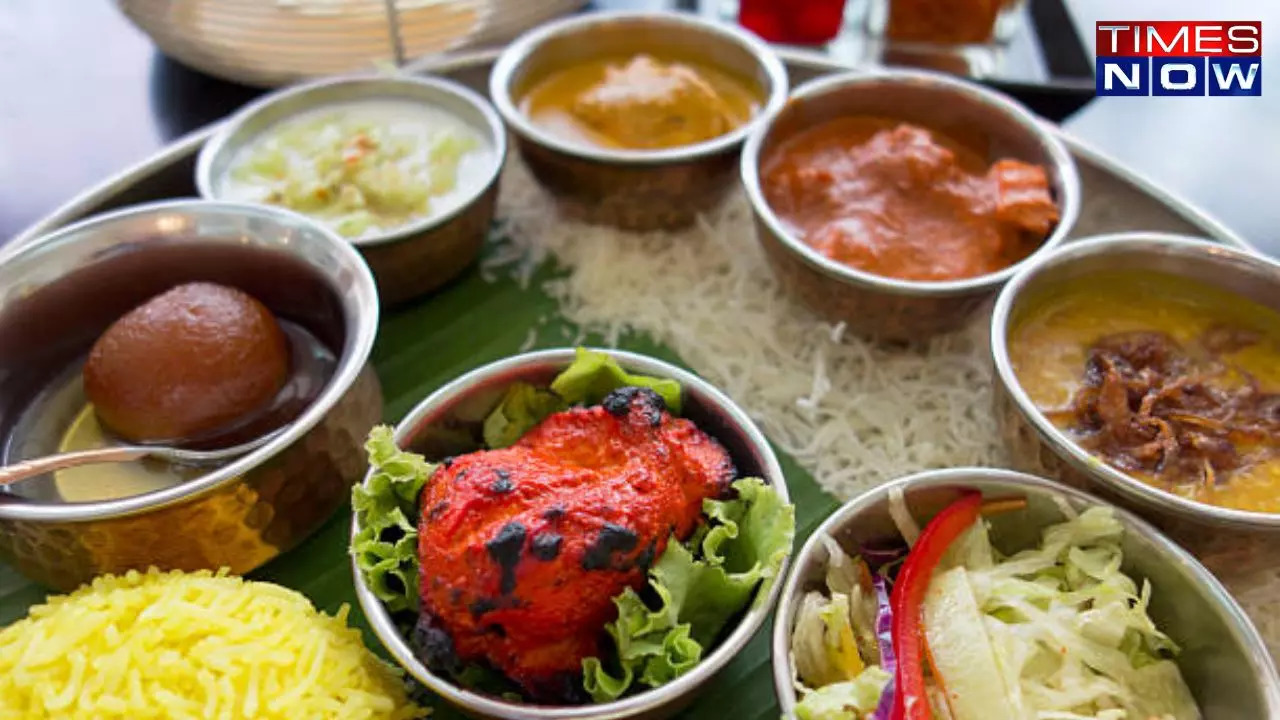
Veg Thali Prices (Image Source: iStock)
New Delhi: The price of a home-cooked vegetarian thali has gone up by 11 per cent compared to last year, while the cost of a non-vegetarian thali has dropped by 2 per cent, according to a report by Crisil. The increase in the price of the vegetarian thali is mainly due to rising vegetable prices.
Rise In Ingredients’s Price
Key ingredients like onions, potatoes, and tomatoes have seen significant price hikes, with onions increasing by 53 per cent, potatoes by 50 per cent, and tomatoes by 18 per cent year-on-year. The rise in onion and potato prices is attributed to lower supplies, while heavy rainfall in Andhra Pradesh and Maharashtra affected tomato production.
Vegetables And Pulses Price Hike
Vegetables make up about 37 per cent of the overall cost of a vegetarian thali. Additionally, prices of pulses, which account for 9 per cent of the thali’s cost, have gone up by 14 per cent compared to last year. This increase is due to lower production last year, resulting in less stock available this year.
LPG Price
However, a drop in fuel costs helped to ease the overall price increase. The cost of a 14.2 kg LPG cylinder in Delhi decreased from Rs 903 in September 2023 to Rs 803 in March 2024, helping to keep thali prices from rising even more.
Why Non-Veg Thali Prices Decreased?
In contrast, the decline in the cost of a non-vegetarian thali is mainly due to a 13 per cent decrease in broiler chicken prices, which account for about 50 per cent of the non-veg thali cost. This price drop occurred despite steady demand for chicken.
Month-To-Month Price Comparison
When looking at month-to-month prices, both vegetarian and non-vegetarian thalis remained stable. Although onion prices increased by 14 per cent due to limited supplies, this was balanced out by a 2 per cent decrease in potato prices and a 9 per cent drop in tomato prices. The availability of potatoes from cold storage and higher arrivals of tomatoes from southern and western markets helped stabilize the overall cost.
Overall, the price fluctuations reflect the impact of key ingredients, including cereals, pulses, chicken, vegetables, spices, and cooking gas, on household expenses.
